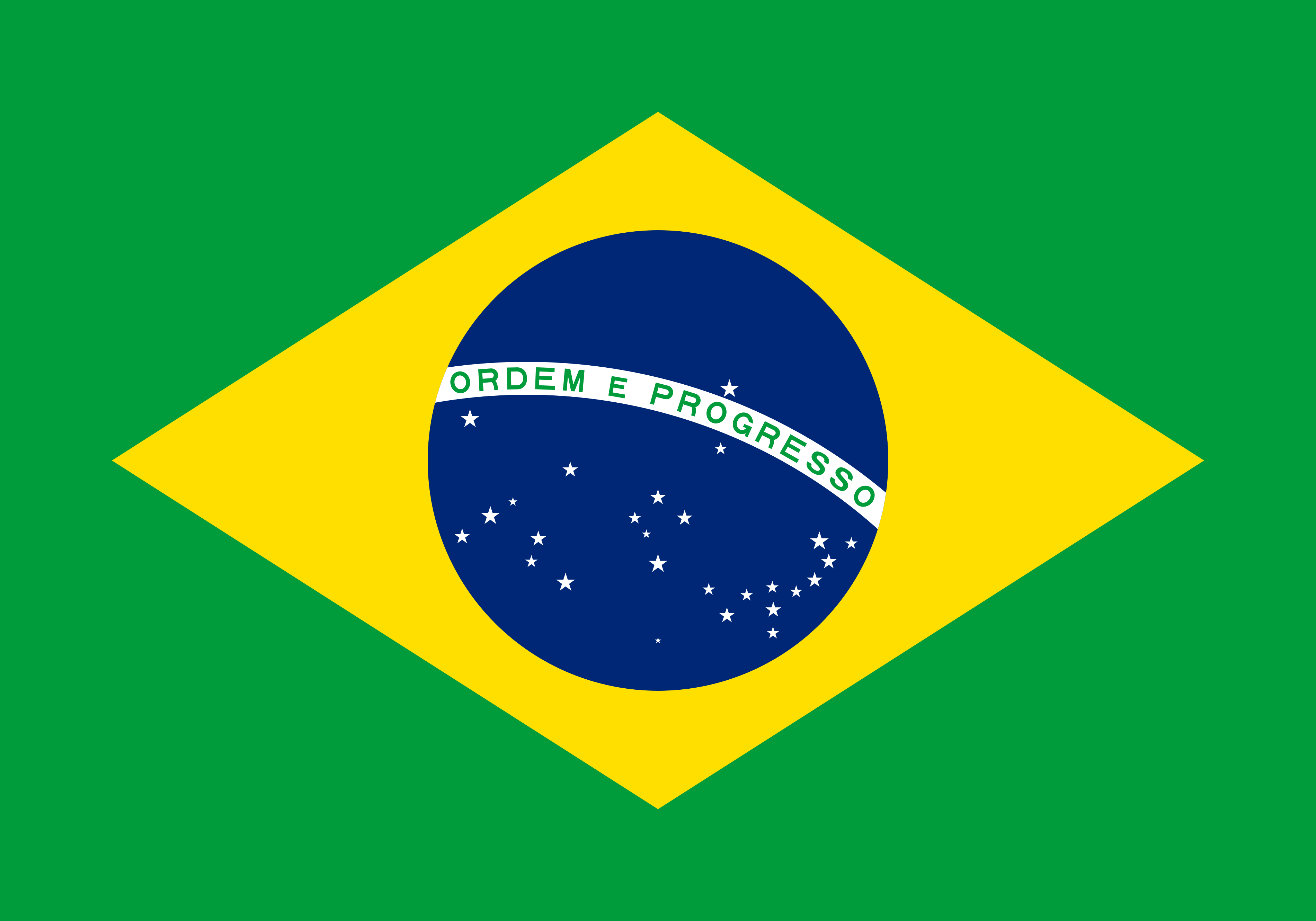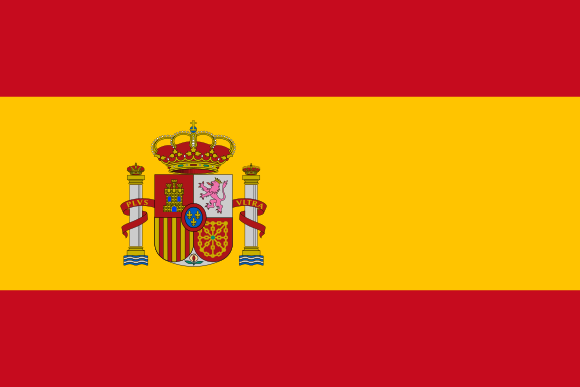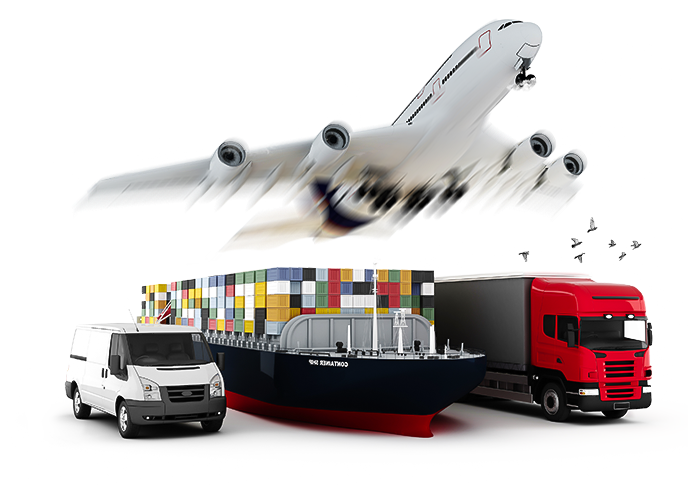CUSTOMS CLEARANCE
The procedures for importation and exportation of goods in Brazil involve numerous bureaucratic procedures and compliance with several laws, both national and international. One of these processes is customs clearance, which is crucial for the entry and exit of goods from the country.
What is customs clearance?
The fiscal procedure by which the products coming or going abroad is referred to as customs clearance. In this procedure, the information given by the exporting or importing company is analyzed. The purpose of the verification is to calculate the taxes involved in the transaction. That is, during customs clearance, the inspector checks whether the merchandise listed in the declaration is in conformity with that being examined. Thus, they can check if the taxes were calculated and paid according to the rules.
In Brazil, all products traded abroad must undergo this process before the authorization to send or receive the merchandise is granted to the exporter or importer.
What are the existing categories of customs clearance?
Import customs clearance
There are three types of clearance to bring merchandise to Brazil:
- Consumption: clearance of raw materials and merchandise that will be marketed or incorporated into the production chain.
- Admission: In this mode, the entry of the merchandise into the country for a certain period is allowed.
- Internment: it introduces, in other regions of Brazil, products from free-trade areas.
Export customs clearance
Two types of dispatches are available for shipment of goods to other countries:
- Via Siscomex: The Integrated Foreign Trade System (Siscomex) centralizes the majority of Brazilian exports. The tool includes procedures for recording, monitoring and tracking transactions abroad.
- Without Siscomex: Only a few operations can be performed without making a registration in Siscomex. These include sending samples with no commercial value and merchandise that does not exceed $1,000.00 in value and have no commercial purpose. The complete list is available on the Brazilian Federal Revenue Service website.
What are the steps to perform it?
Customs clearance is usually carried out in customs areas, i.e., ports, airports, or land border areas. The company that will carry out the transaction should be registered in the Secretariat of Finance and the Federal Revenue Service.
The steps for clearance differ slightly between import and export.
Import
The company must prepare the Import Declaration (ID) and other documents required for each transaction model, such as the commercial invoice and proof of taxes paid. When the product is received, the ID is registered in Siscomex. The next step is the clearance.
Export
The exporting company is required to provide the necessary documentation once the sale is made. The invoice, Export Record and Clearance Declaration are some of them.
The clearance should occur when the merchandise is in customs, and the processes differ according to the type of product being marketed.
For this, there are companies that specialize in performing such procedures. Hence, outsourcing this process is a highly recommended alternative for those who wish to import or export but do not know what to do.
RESQUEST YOUR
QUOTATION






